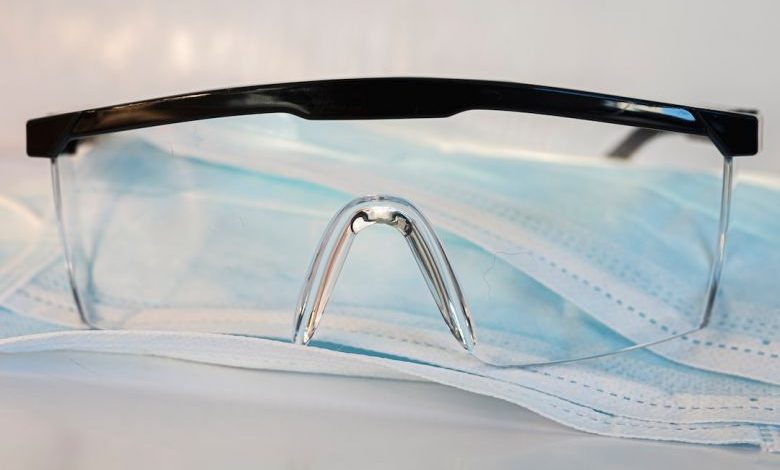What Precautions Should Be Taken When Handling Construction Equipment?

Construction equipment is an essential part of any construction project. From excavators and bulldozers to cranes and concrete mixers, these powerful machines help get the job done efficiently and effectively. However, it is crucial to handle construction equipment with utmost care and caution to ensure the safety of workers and prevent accidents. In this article, we will discuss the precautions that should be taken when handling construction equipment.
Understanding the Equipment
Before operating any construction equipment, it is essential to have a thorough understanding of how it works. Familiarize yourself with the equipment’s controls, functions, and safety features. Read the manufacturer’s manual and attend any necessary training or certification programs. This knowledge will enable you to operate the equipment correctly and minimize the risk of accidents.
Perform Regular Inspections
Regular inspections of construction equipment are crucial to identify any potential issues or malfunctions. Before each use, thoroughly inspect the equipment for any signs of damage, such as leaks, loose parts, or worn-out components. Pay close attention to the brakes, hydraulics, tires, and safety features. If you notice any problems, report them immediately and do not operate the equipment until it has been repaired or replaced.
Wear Proper Personal Protective Equipment (PPE)
Wearing the appropriate personal protective equipment (PPE) is essential when handling construction equipment. It is recommended to wear a hard hat, safety goggles, ear protection, gloves, and steel-toed boots. These safety gear items protect against head injuries, eye injuries, hearing damage, hand injuries, and foot injuries. Always ensure that your PPE is in good condition and fits properly before starting any work.
Maintain a Safe Distance
Maintaining a safe distance from construction equipment is crucial to prevent accidents. Never stand or walk in the machine’s blind spots or swing radius. Keep a safe distance from moving parts, such as rotating excavator buckets or crane booms. It is also important to establish clear communication with other workers to ensure everyone is aware of the equipment’s movements and actions.
Follow Safe Loading and Unloading Procedures
When loading or unloading construction equipment, it is important to follow safe procedures to prevent accidents or damage. Ensure that the equipment is properly secured to the trailer or transport vehicle and that the load is evenly distributed. Use appropriate rigging equipment, such as straps or chains, to secure the equipment during transportation. Always follow the manufacturer’s guidelines and recommendations for loading and unloading procedures.
Use Equipment on Stable Ground
Operating construction equipment on unstable or uneven ground can pose significant risks. Before starting any work, assess the ground conditions and ensure that it is stable and level. Avoid working on slippery or muddy surfaces that may cause the equipment to lose traction. If necessary, use supporting materials, such as mats or cribbing, to stabilize the equipment and prevent it from sinking or tipping over.
Avoid Overloading Equipment
Each piece of construction equipment has a specified load capacity that should not be exceeded. Overloading the equipment can lead to structural failures, loss of control, and accidents. Refer to the equipment’s load charts and ensure that you are not exceeding the recommended limits. Distribute the load evenly and avoid sudden movements or jerks that may strain the equipment.
Regular Maintenance and Servicing
Proper maintenance and servicing of construction equipment are essential to keep it in good working condition and prevent breakdowns. Follow the manufacturer’s recommended maintenance schedule and perform routine checks, such as oil changes, filter replacements, and lubrication. Keep a record of all maintenance activities and address any issues promptly to avoid equipment failure during operation.
Conclusion: Safety First!
In conclusion, handling construction equipment requires careful attention to safety precautions. Understanding the equipment, performing regular inspections, wearing proper PPE, maintaining a safe distance, following loading and unloading procedures, using equipment on stable ground, avoiding overloading, and regular maintenance are vital steps to ensure the safe operation of construction equipment. By prioritizing safety and taking necessary precautions, construction workers can minimize the risks associated with handling construction equipment and create a safer work environment. Remember, safety should always be the top priority in any construction project.




